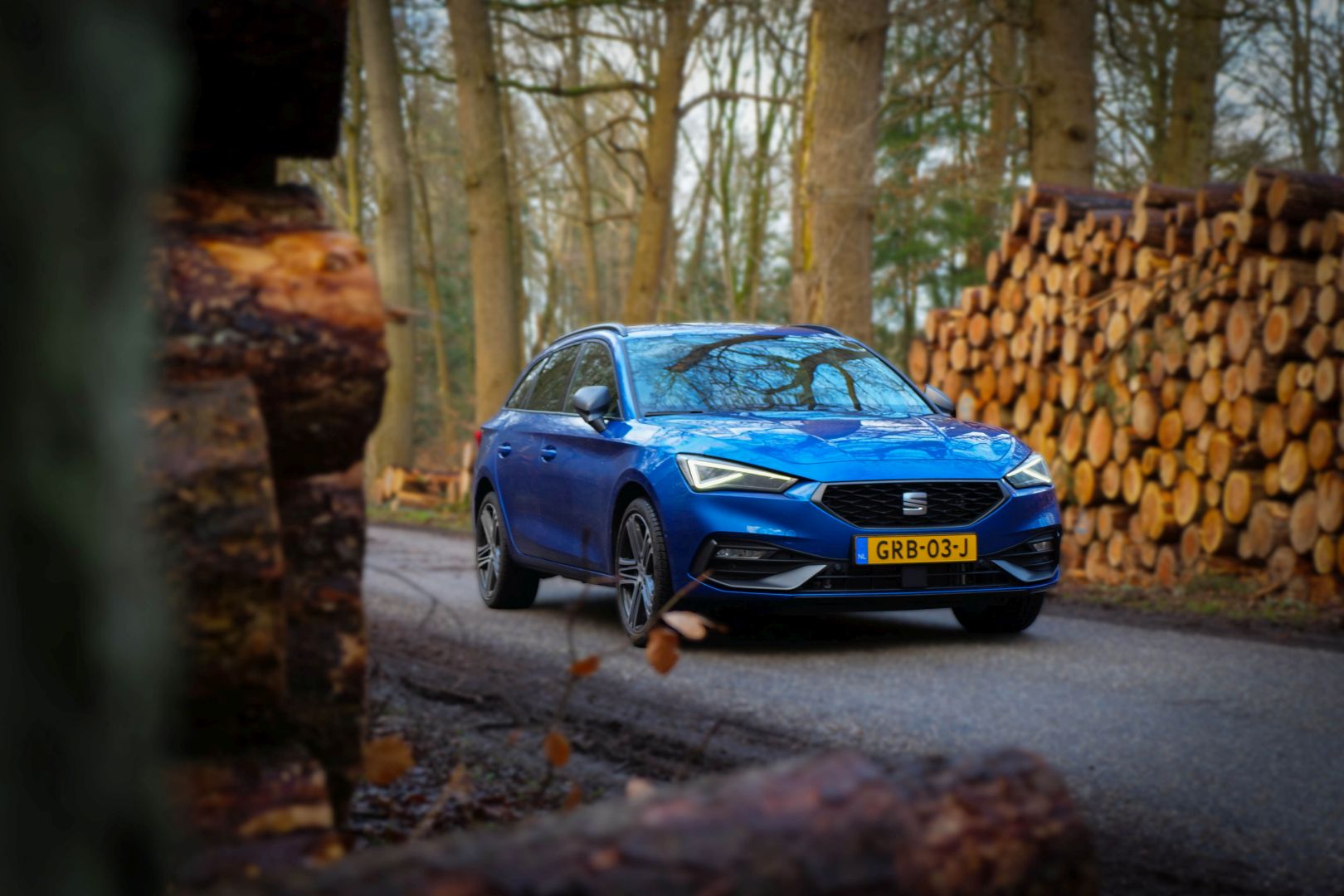SEAT Leon Sportstourer e-Hybrid (2025) Review – The hidden gem that everyone overlooks?
SEAT is still alive?
Yes, it seems. We’re not entirely sure either. The Volkswagen Group – which SEAT has been fully part of since 1990 – is currently already setting its sights on Cupra, SEAT’s former sporty sub-brand that now stands on its own two feet. What the future holds for SEAT itself remains unclear. It may continue to exist for now and will not be dissolved, but no new models seem to be on the horizon. Still, there is finally some production news at the Spanish brand: the Leon has received a facelift.
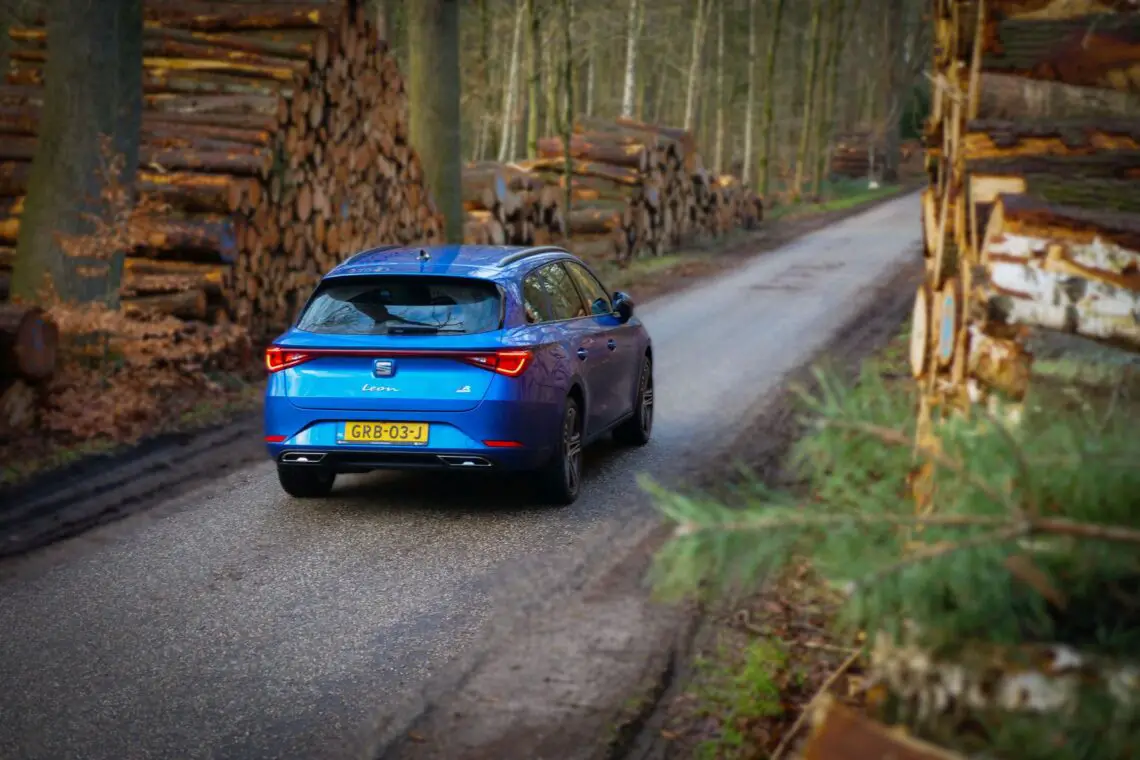
Oh, tell!
Well, calling it a facelift is perhaps a bit of an exaggeration. In fact, on the outside almost nothing has changed and the Leon looks the same. Under the skin, however, the car has been given a major overhaul. There are new powertrains, with the new PHEV powertrain being particularly interesting. The Leon was already available as a PHEV, but it had a limited electric range of about 40 to 50 real miles. The updated Leon has a hefty battery with a capacity of 19.7 kWh, allowing it to travel an impressive 132 WLTP miles on electricity.
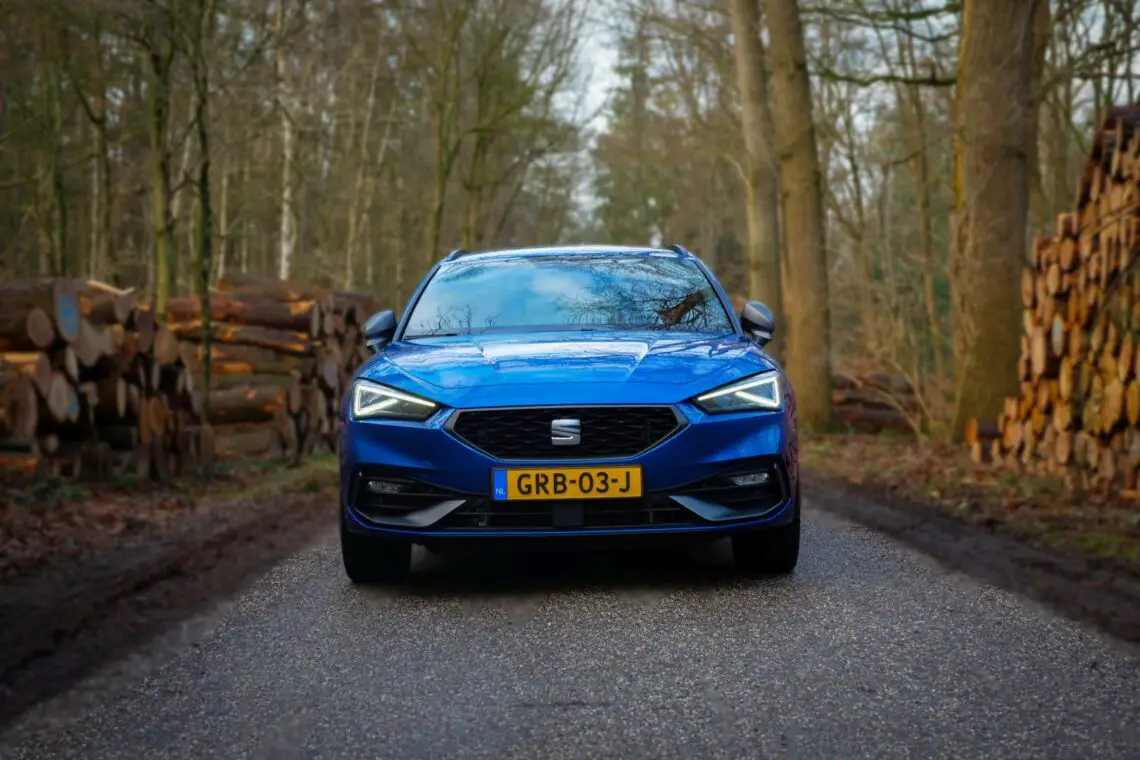
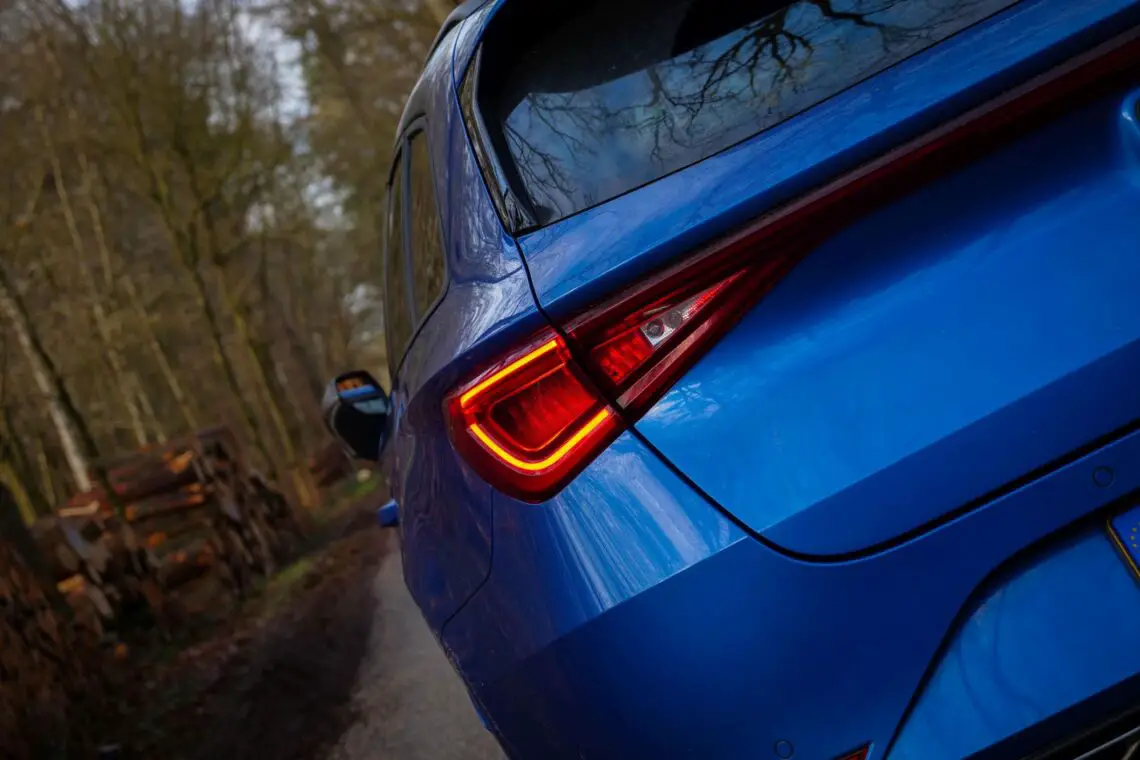
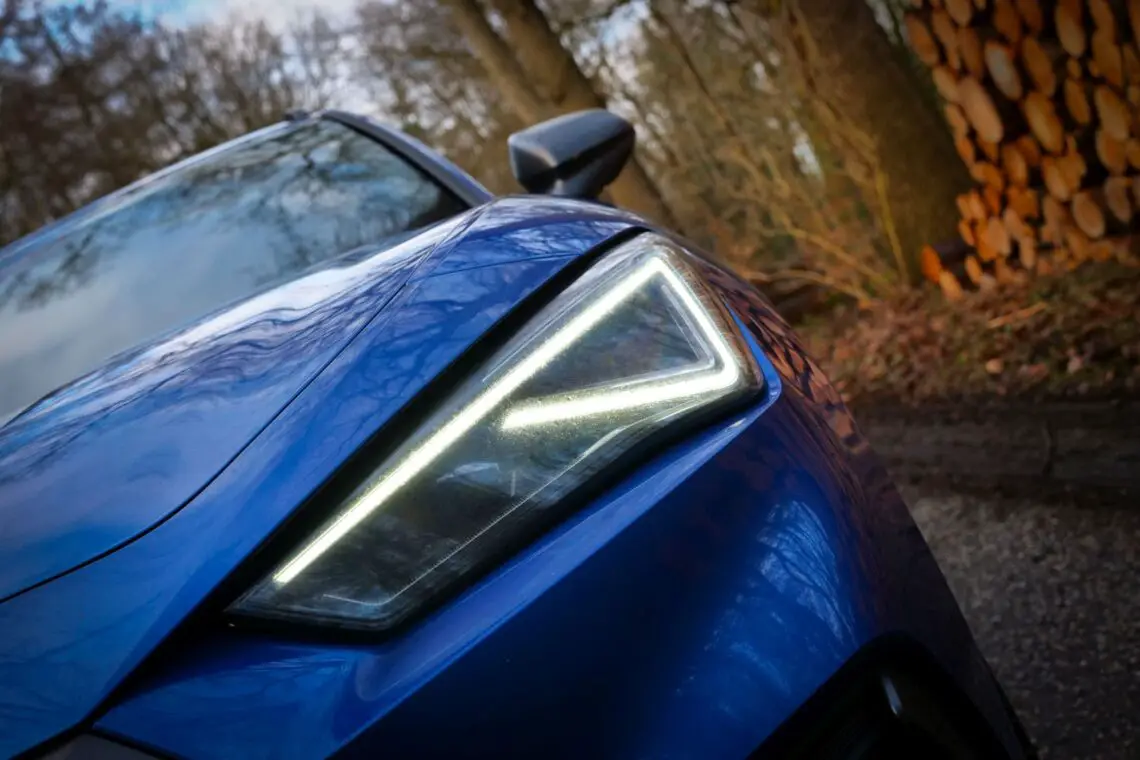
Sounds promising, but how far will he get in practice?
We figured that out for you. We drove it through all kinds of weather for a week – including a winter trip to Belgium for the Brussels Motor Show – to find out if this plug-in Leon is the hidden gem everyone overlooks. We drive the practical Leon Sportstourer – the station wagon version. You can also get the Leon as a hatchback, with or without a plug.
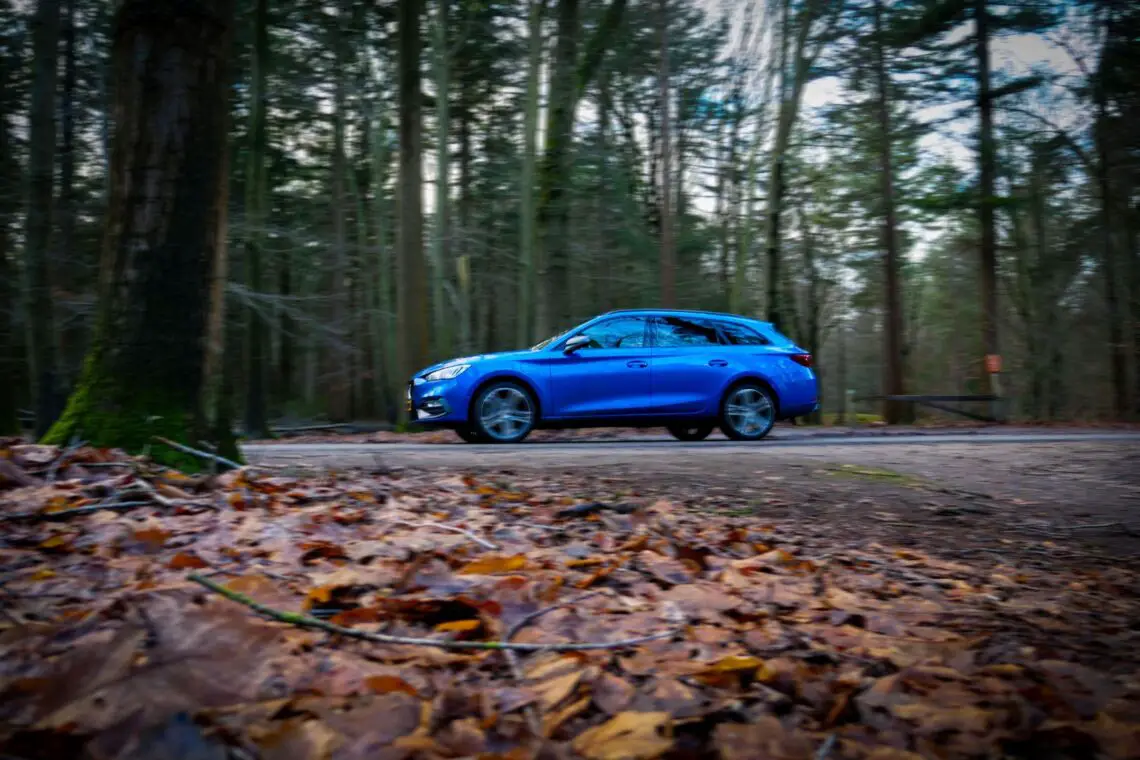
During the testing period, it is cold and inclement and every day starts with a hefty ice scrape session. In short: the worst possible conditions for a car driving (partially) electric. Yet the Leon seems to suffer relatively little from this. Time after time, we easily get 100 kilometers out of a fully charged battery. Neat! We don’t actually get around to testing the gasoline engine extensively, because for our daily commute we don’t get the battery to empty. Moreover, the 85 kW (115 hp) strong electric motor is powerful enough for smooth acceleration, so we don’t feel the need to switch on the gasoline engine either.
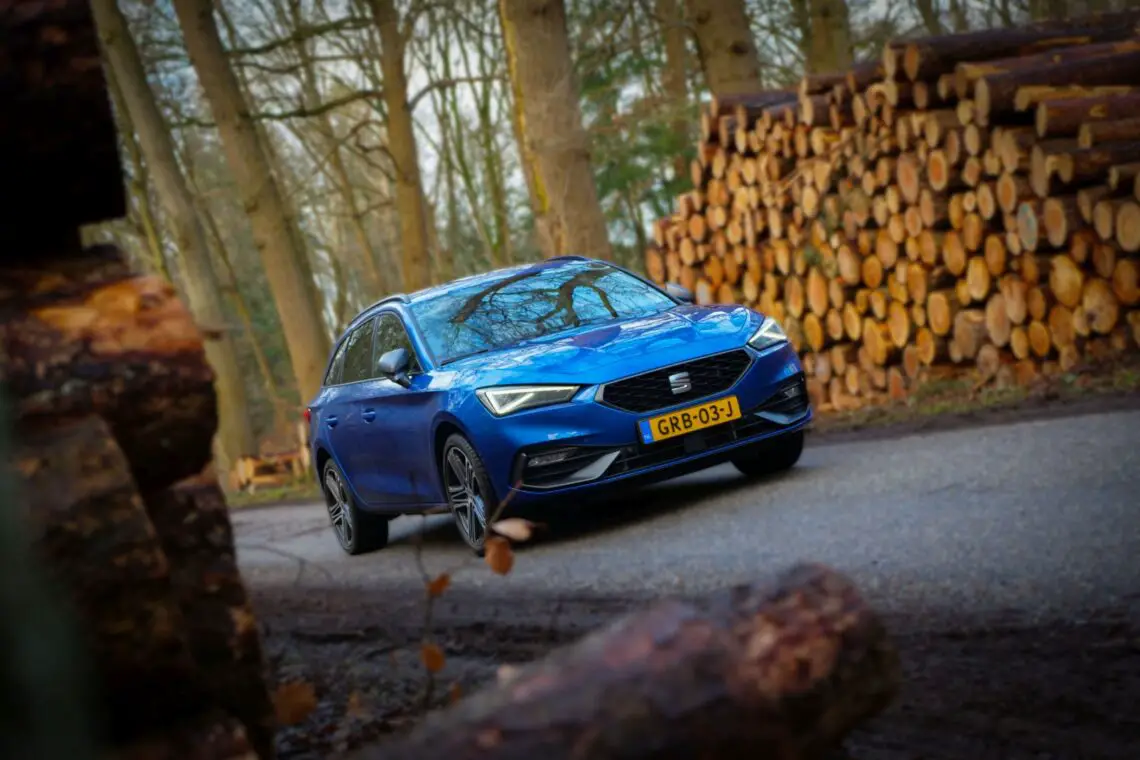
Nice complete test then…
Not to worry, the 1.5-liter four-cylinder gasoline engine still gets its moment to shine. After all, during our week of testing, another long trip is scheduled. The first car show of the year – The Brussels Motor Show, now known as the Brussels Motor Show – is on our agenda. From Utrecht, it is about a 170 kilometer drive to the European capital. So that won’t work on a full battery.
We cover the first 100 kilometers silently on the electric motor. It is very busy on the road and it takes almost two hours before we empty the battery. Just before Antwerp, we need a cup of coffee and a pee break. With the last remnants of power from the battery pack, we take a turn to a gas station, where it turns out there is also a Fastned location. Although we are eager to test the gasoline engine, we can’t pass up this charging opportunity. After all, the Leon is one of the few PHEVs that can fast charge, just like a full EV.
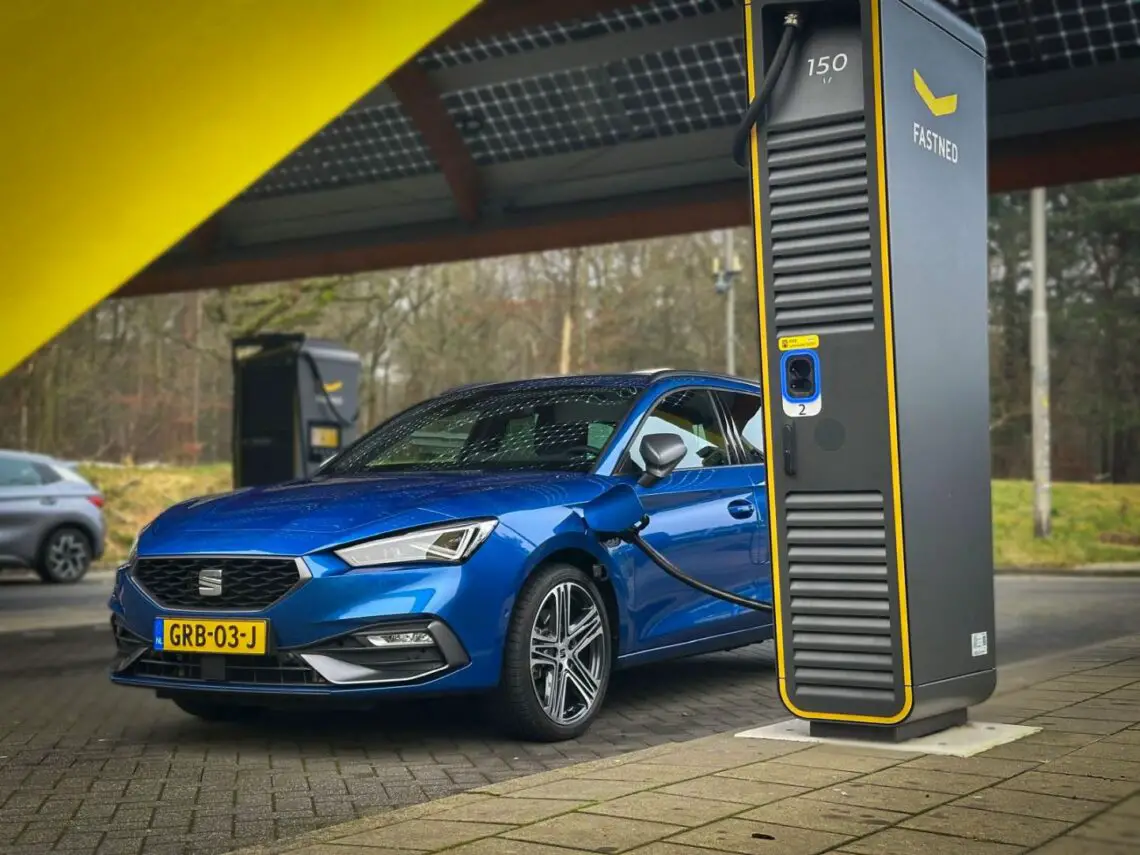
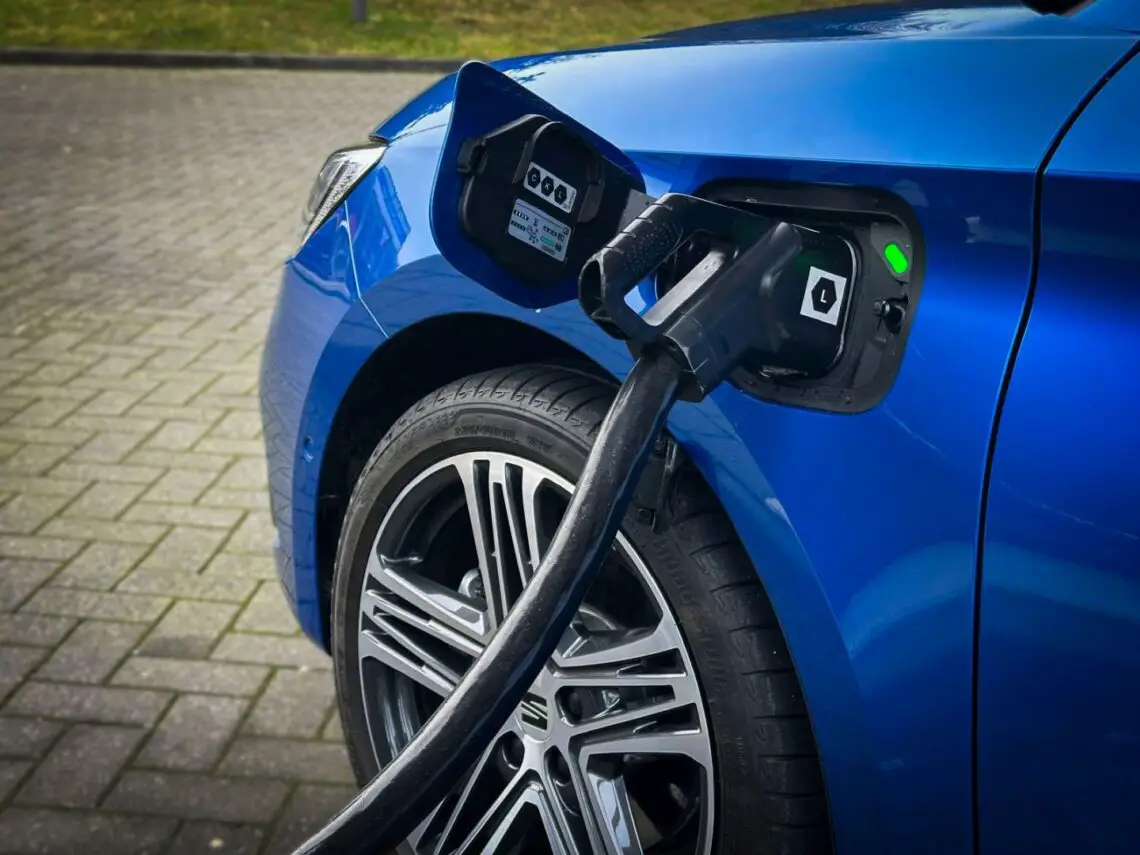
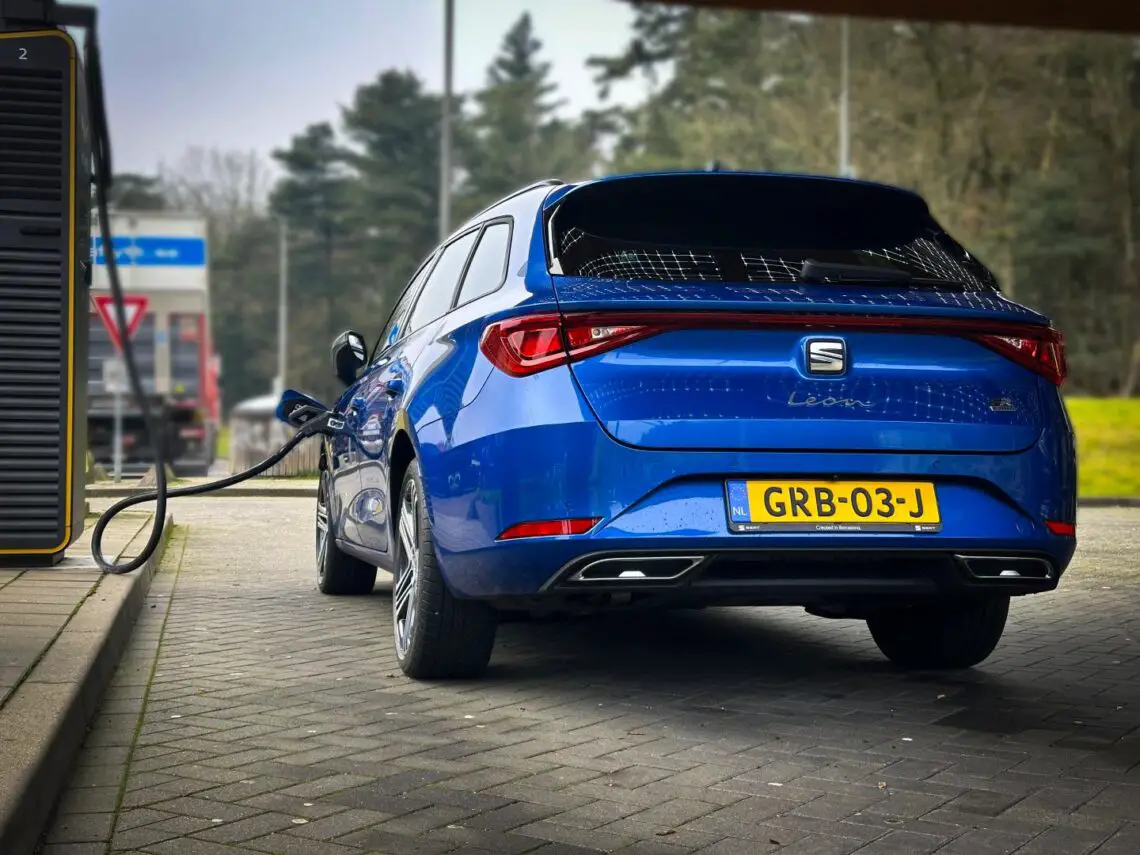
The charging capacity is not high – 50 kW maximum – but it is enough to recharge for several dozen kilometers during a coffee break. During a long trip, there will inevitably come a coffee break where you’re standing still for 15 minutes or more, then you might as well hang it on the charger. During our pit stop, the Leon manages to recharge for 80 kilometers, enough to complete the trip to Brussels completely electrically. Its peak charging power – which it can sustain up to about 40% – turns out to be a bit higher, by the way: nearly 54 kW.
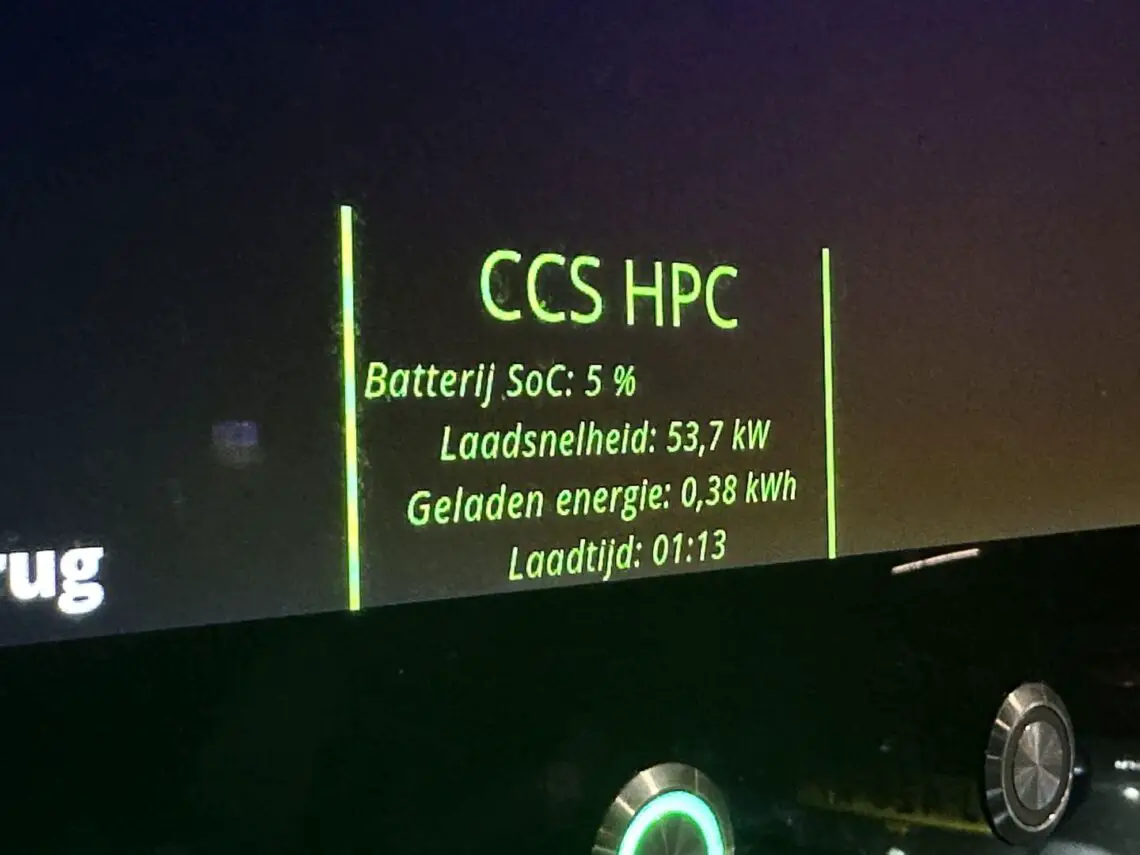
Once we arrive at the fair, we find a charging spot where we can fully charge the battery within a few hours. Around lunchtime, we move the car neatly so that other visitors can also charge their cars. Thanks to the charging session at the fairgrounds, we can also cover the first 100 kilometers of the return trip on electricity. Only at Breda does the gasoline engine switch on. That takes some getting used to, because after days of electric driving we had almost forgotten that the SEAT is basically a gasoline car. The gasoline engine also delivers enough power, but we immediately miss the direct response of the electric motor. Like taking a step backwards. But those who plug in smartly will mainly only need the gasoline engine on the highway, where it does its job efficiently and quietly.
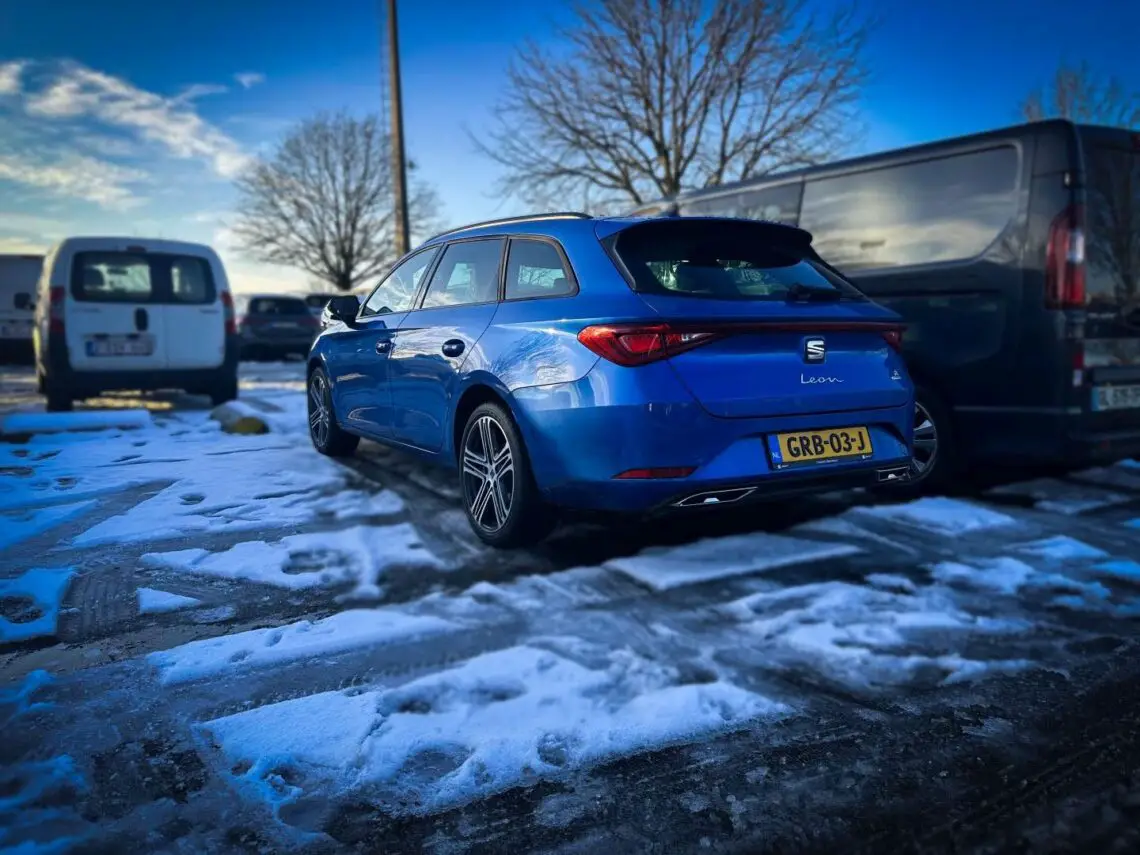
How practical is he?
We say it more often: those looking for space are better off choosing an estate car than an SUV. With 470 liters of luggage space, the Leon Sportstourer plug-in hybrid offers more space than many plug-in SUVs. It makes the Leon ST a practical family car. In the back seat, there is enough seating space for three children or two child seats, and adults can also last a long time.
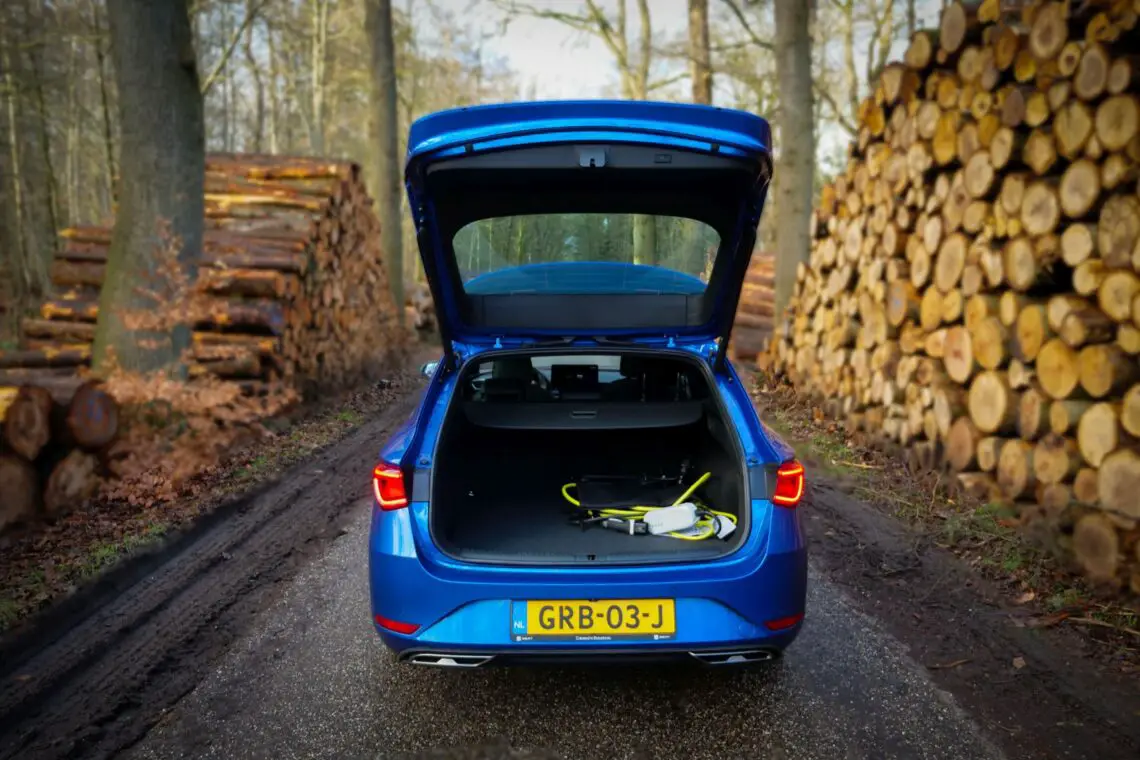
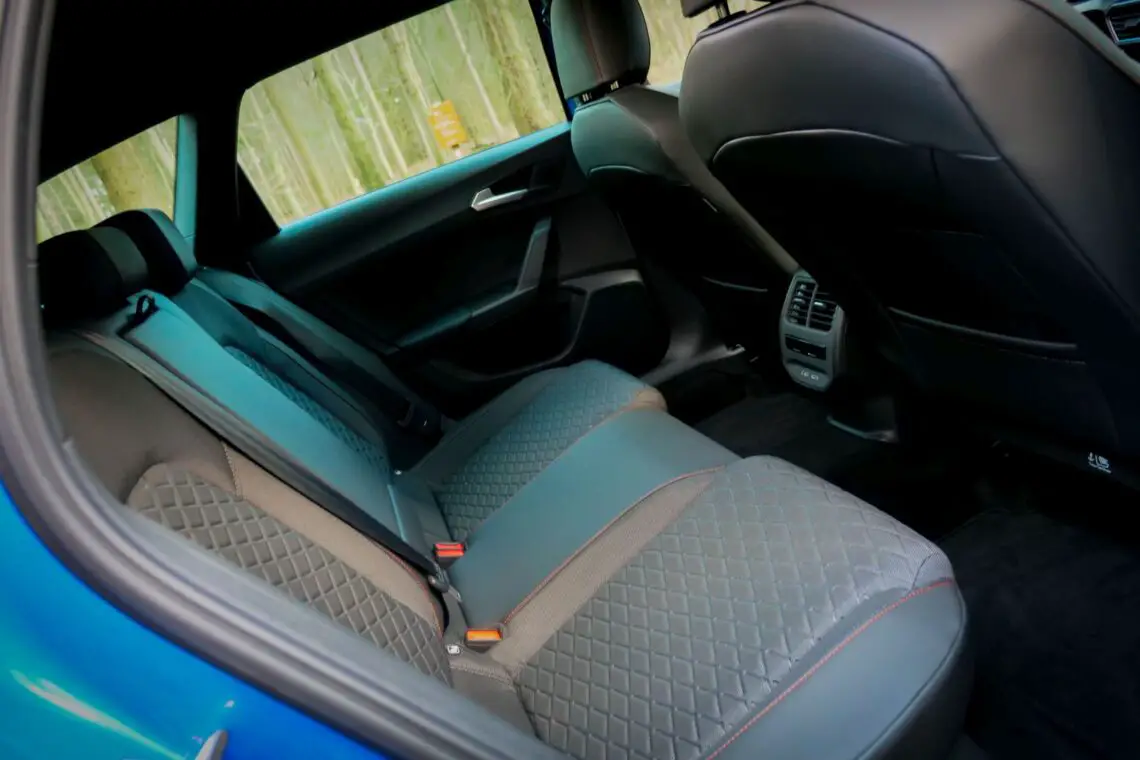
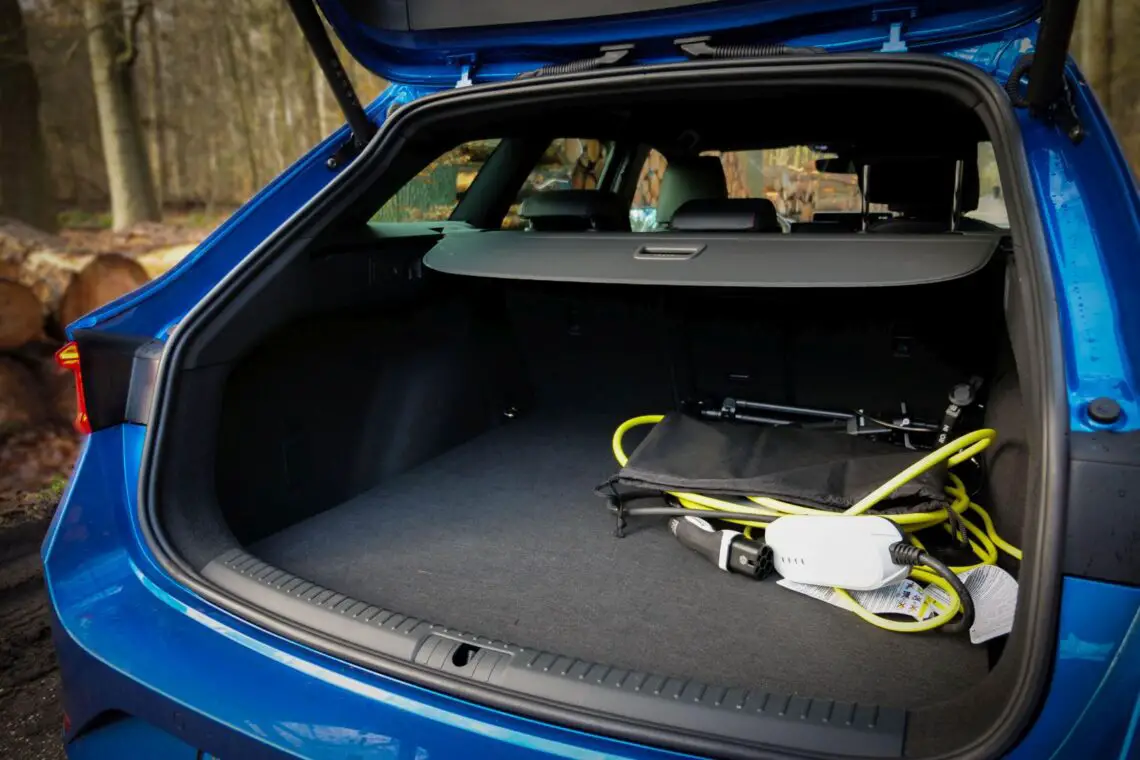
The interior has received an update, with a larger infotainment screen and standard digital instrumentation. The software works smoothly and is uncluttered. Do you prefer to use Apple CarPlay or Android Auto? You can, and from now on even wirelessly via Bluetooth. The materials and appearance of the interior, however, make little impression, with lots of hard plastics and an austere, business-like atmosphere with literally and figuratively little color.
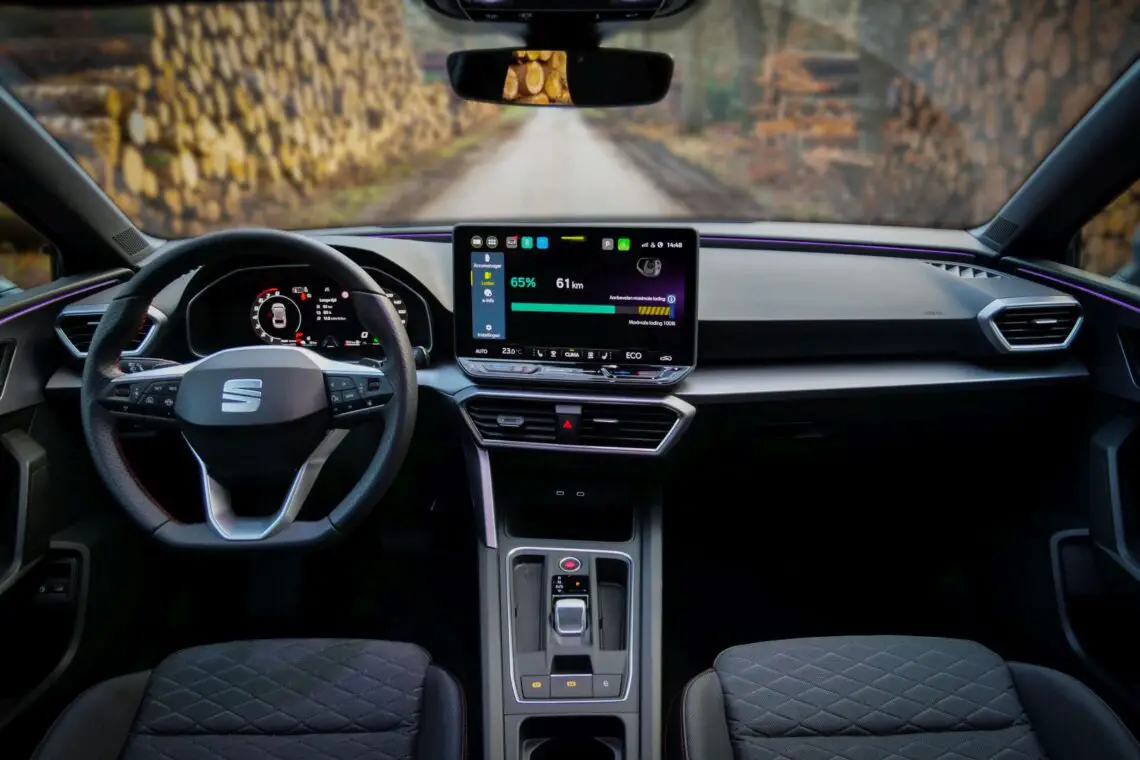
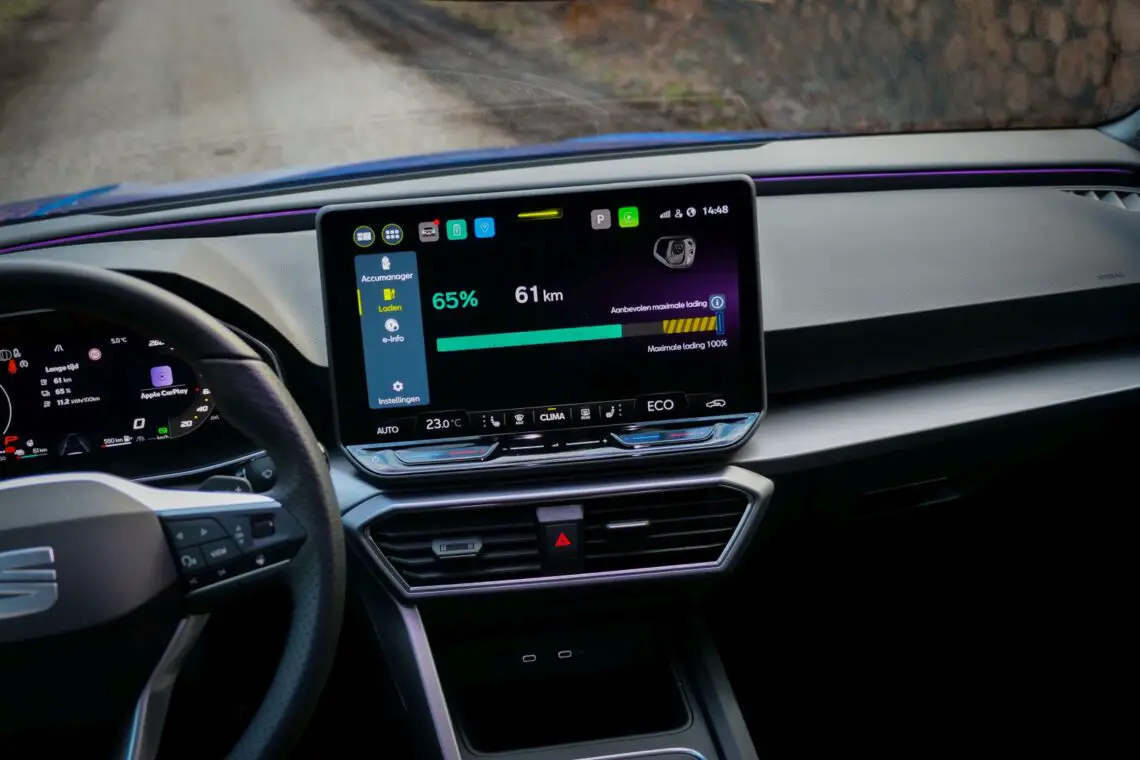
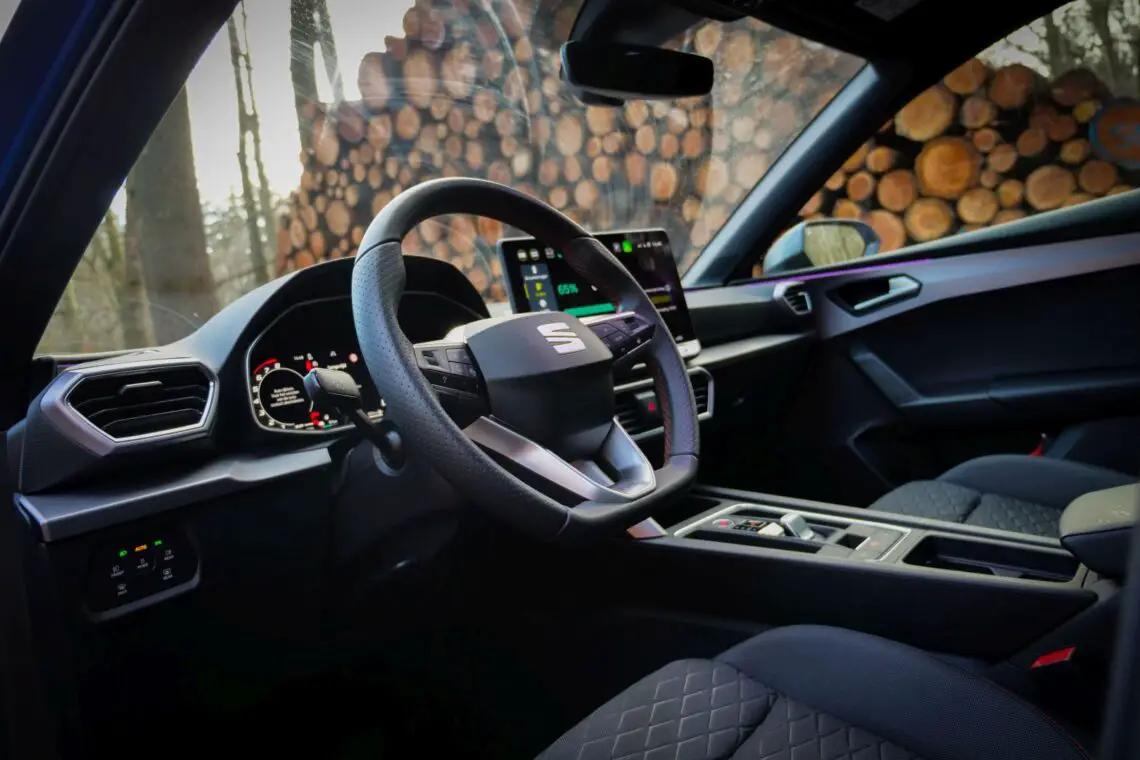
How does he drive?
The Leon ST steers tight and direct and handles with pleasure around a corner. The firm suspension provides plenty of feeling with the asphalt, which adds to the driving experience. On long distances, however, you notice that comfort is less of a priority. It doesn’t get uncomfortable, but the sporty character – with all its advantages and disadvantages – clearly dominates.
If you let both engines work together, you will have 150 kW (204 hp). More power is not possible in the SEAT Leon PHEV, while the Cupra Leon PHEV offers up to 200 kW (272 hp) in the top version. Difference there must be. Still, you won’t be short of anything: the SEAT is fast enough for daily drives. Even if you only drive on electricity.
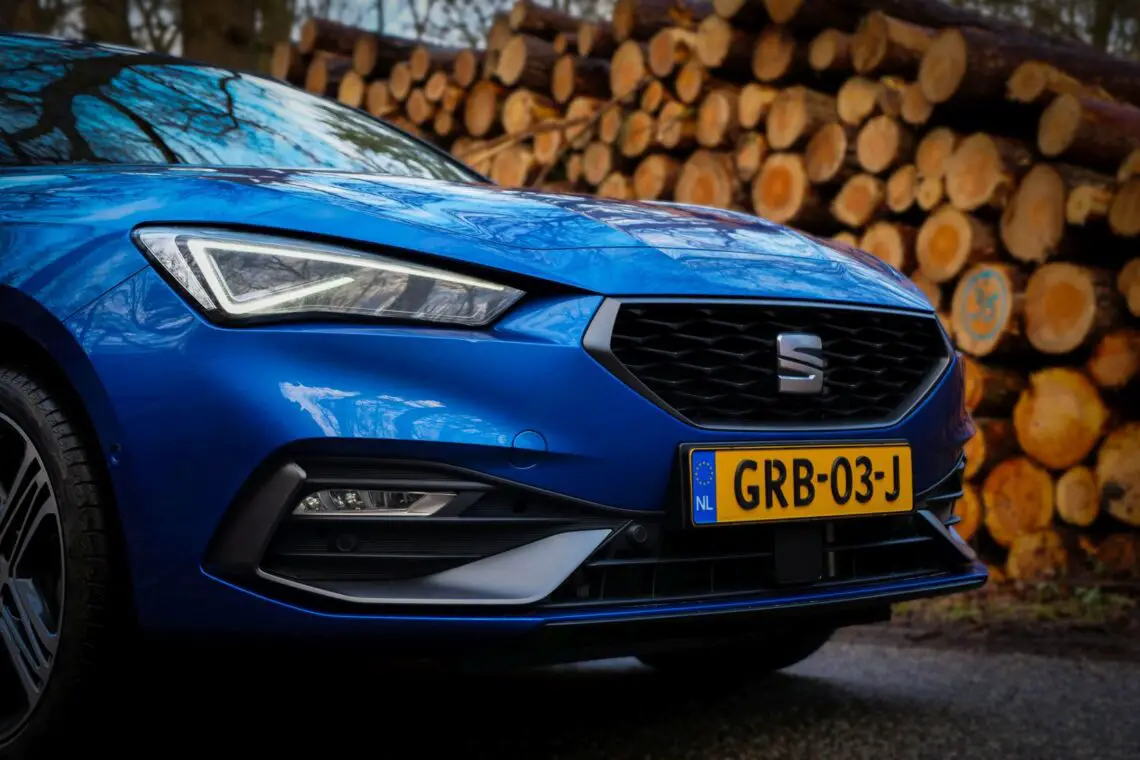
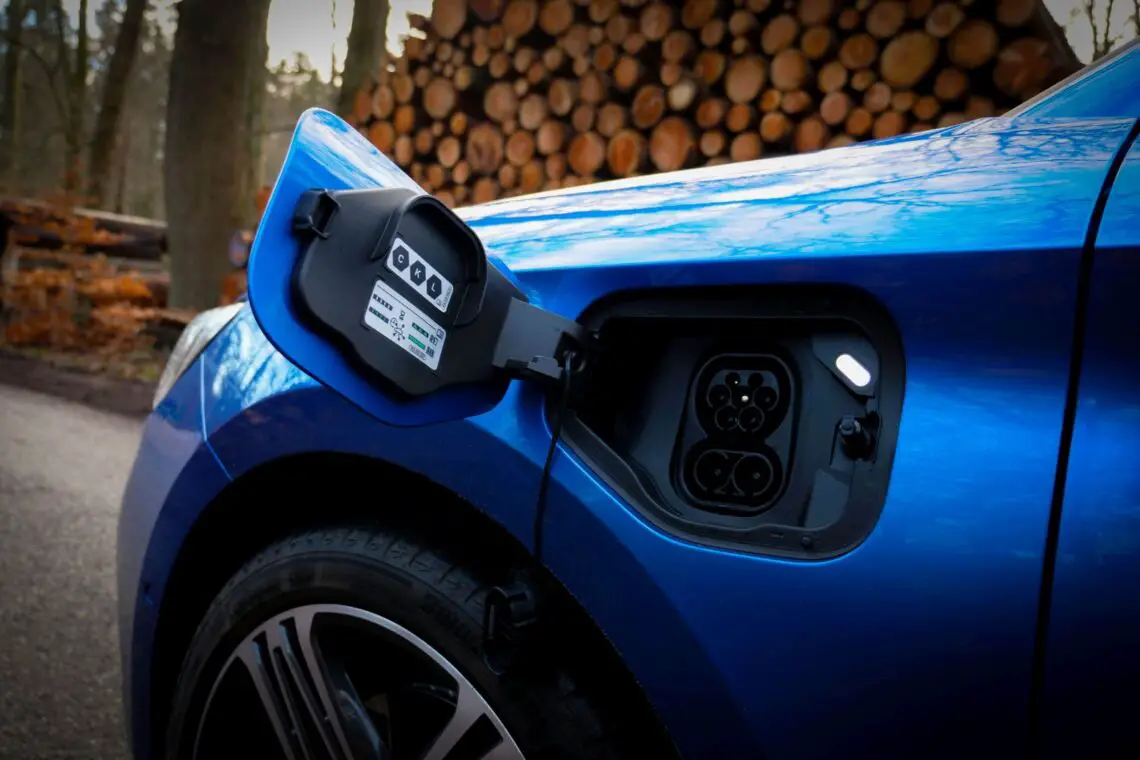
What does he cost?
The Leon Sportstourer PHEV is available from just over 40 grand, making it the cheapest PHEV station wagon in the Netherlands. However, terms like “affordable” and “cheap” are subjective, so let’s say that within this segment it is one of the best attainable choices. The fact remains that for a higher price you get a PHEV from the competition with considerably less electric driving range ánd less power.
Of course, you can also buy a nice EV with a neat range for about 40 grand these days. That is also worth considering. But if you are not yet ready to switch to all-electric driving, for example because of long vacation trips with a backseat full of screaming children and a heavy caravan behind the car – it can tow more than 1,500 kg – then the Leon PHEV is an excellent solution. Moreover, a solution that allows you to drive electric practically all year round.
Also see: Cupra Leon Sportstourer (2024) Review – Is the Leon finally a real Cupra? – AutoRAI TV

